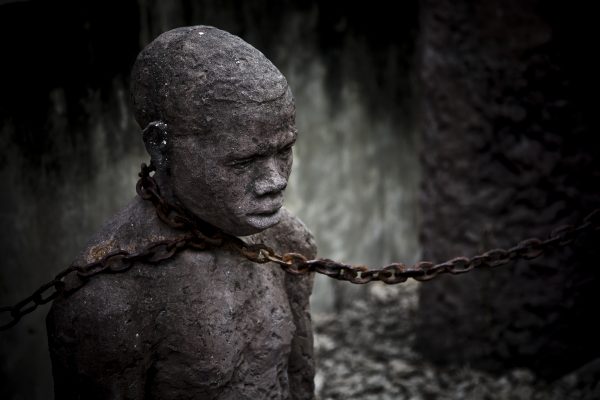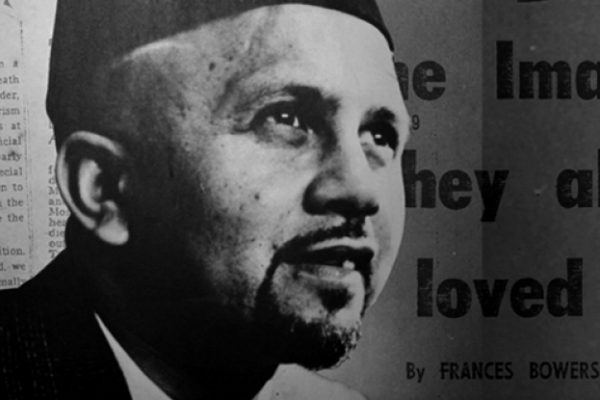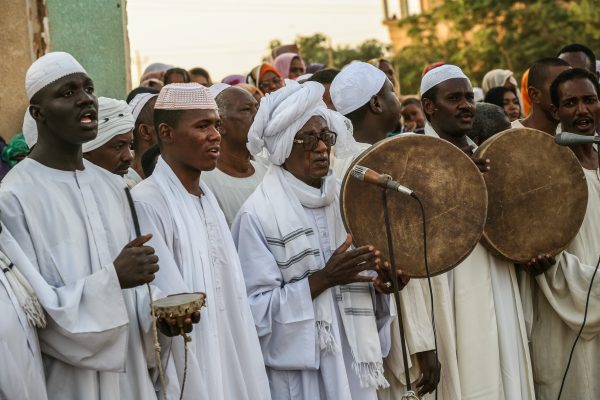Today in West Africa, Gambia, Guinea, Mali, Nigeria, Niger, and Senegal have a significant number of Muslims.
Today in West Africa, Gambia, Guinea, Mali, Nigeria, Niger, and Senegal have a significant number of Muslims.
Africa as a continent has a rich Islamic history, with some prophets of Abrahamic religions being from this part of the world. The date of the Islamic religion’s arrival to Africa, according to most historical narratives, is the 7-8th century, a few decades after the migration of Prophet Muhammad from Makkah to Madina, while some sources hold the notion that the religion arrived in the 8th century.
Notwithstanding, early Islamic historians and geographers believe affirmed that Africa is the first continent that Islam spread to from Southwestern Asia.
Islam in West African Kingdoms
In West Africa, the arrival and spread of Islam is dated back to the 7th and 8th century, where the religion was first accepted by ancient powerful African kingdoms. It is historically established that the Dya’ogo dynasty of the Kingdom of Tekur was the first to accept Islam after trade and commerce paved the path for its intellectual development.
In Bilad al-Sudan or what is known to be the territory of the Black people of Sahara, from the 8th to the 13th century, contact between Muslims and Africans increased and Muslim states began to emerge in the Sahel. Eventually, African kings began to allow Muslims to integrate. Accounts during the eleventh century reported a Muslim state called Takrur in the middle Senegal valley.
Also around this time, the Almoravid reform movement began in Western Sahara and expanded throughout modern Mauritania, North Africa, and Southern Spain. The Almoravids imposed a ‘fundamentalist’ version of Islam, in an attempt to purify beliefs and practices from syncretistic or heretical beliefs.
The Almoravid movement imposed greater uniformity of practice and Islamic law among West African Muslims, and even captured trade routes and posts, leading to the weakening of the Takruri state. Over the next hundred years, the empire dissolved into a number of small kingdoms.
On the other hand, the role of the Kingdoms of Mali, Ghana, Sokoto, and Kanem Bornu in the spread cannot be overlooked as well.
The relatively extensive Muslim interest in Ghana was undoubtedly due to its importance as a source of gold. Kanem seems to have been less important commercially; the main interest of the Muslim authors seems to have been in the quasi-divine status of its kings, which offended their Muslim principles.
The Jakhanke Islamic Movement
The history of Islam in West Africa cannot be complete without a mention, however brief, of the Jakhanke Islamic Movement which arose in the 12th century under the charismatic scholar Alhajj Salim Suwareh who helped to spread Islam in the present-day countries of Mali, Guinea, Senegal, and The Gambia, the most Islamized countries in West Africa today.
They did not raise the sword to spread the religion, but resorted to more peaceful methods such as establishing Quranic schools and mosques, upgrading mosques, holding sessions on Quranic exegesis, preserving holy sites where yearly Islamic gatherings take place, and being itinerant traders who took Islam to their clients and customers.
But just as they had methods, they also had tactics! For example, they believed in numbers and therefore were keen to multiply their talibes or disciples. The disciples having gone through years of tutelage, would be allowed to disperse and then mass up new disciples themselves. Through massification, the Jakhanke helped to strengthen their religion, according to historians.
Islam in Mali
Mansa (Emperor) Musa came to power in 1312 and his fame reached beyond the Sudan, North Africa, and spread up to Europe. Mansa Musa ruled from 1312 to 1337 and in 1324-25 he made his famous pilgrimage to Makkah [Hajj].
When he returned from his pilgrimage, he brought with him a large number of Muslim scholars and architects who built five mosques for the first time with baked bricks. Thus Islam received its greatest boost during Mansa Musa’s reign. Many scholars agree that because of his attachment to Islam, Mansa Musa could introduce new ideas to his administration.
Mansa Musa visited Cairo on his way to Makkah in 1324, where he was described by an Egyptian official as a pious man, who “strictly observed the prayer, the recitation of the Quran, and the mention of Allah’s name.”
Islam in Songhay
Islam began to spread in the Empire of Songhay sometime in the 11th century when the ruling Za or Dia dynasty first accepted it. It was a prosperous region because of its booming trade with Gao.
By the 13th century, it had come under the dominion of the Mali Empire but had freed itself by the end of the 14th century when the dynasty was renamed Sunni. The frontier of Songhay now expanded and in the 15th century, under the leadership of Sunni ‘Ali, who ruled between 1464-1492, the most important towns of the Western Sudan came under the Songhay Empire. The great cities of Islamic learning like Timbuktu and Jenne came under his power between 1471-1476.
Like Mansa Musa of Mali, Askia Muhammad Toure went on a pilgrimage and thus came into close contact with Muslim scholars and rulers in the Arab countries. In Makkah, the King accorded him great respect; he was turbaned. The King gave him a sword and the title of the Caliph of the Western Sudan. On his return from Makkah in the year 1497, he proudly used the title of Al-Hajj.
Islam in Kanem-Bornu
Kanem-Bornu in the 13th century included the region around Lake Chad, stretching as far north as Fezzan. Kanem today forms the northern part of the Republic of Chad.
Islam was accepted for the first time by the Kanem ruler, Umme-Jilmi, who ruled between 1085-1097 C.E., through a scholar named Muhammad B. Mani, credited for bringing Islam to Kanem-Bornu. Umme-Jilmi became a devout Muslim. He left on a pilgrimage but died in Egypt before reaching Makkah.
Al-Bakri also mentions that Umayyad refugees, who had fled from Baghdad following plans to liquidate their dynasty at the hands of the Abbasids, were residing in Kanem.
With the introduction of Islam in Kanem, it became the principal focus of Muslim influence in the central Sudan and relations were established with the Arab world in the Middle East and the Maghrib.
Islam in Hausa-Fulani land
Islam came to Hausaland in the early 14th century. About 40 Wangarawa traders are said to have brought Islam with them during the reign of ‘Ali Yaji who ruled Kano during the years 1349-1385. A mosque was built and a muezzin (one who calls to prayer) was appointed to give adhan (call to prayer) and a judge was named to give religious decisions.
During the reign of a ruler named Yaqub (1452-1463), one Fulani migrated to Kano and introduced books on Islamic Jurisprudence. By the time Muhammad Rumfa came into power (1453-1499), Islam was firmly rooted in Kano. In his reign Muslim scholars came to Kano; some scholars also came from Timbuktu to teach and preach Islam.
The syncretic practices that are characterized with the Hausa and Fulani Muslims made the Islamic reformer of the 18th century, Shehu Uthman Danfodio, to make corrections in what he described as Bid’at al-Shaytaniyya or Devilish innovations.
In conclusion, the nature of Islam, its tolerance to other African religions, trade, activities of Muslim clerics, activities of rulers, holy war, and scholars are among the factors that led to the establishment of educational institutions that paved way for literacy among followers of the faith in the continent.
Today in West Africa, Gambia, Guinea, Mali, Nigeria, Niger, and Senegal have some of the most significant numbers of Muslims.





